Top AI Content Detectors: Essential Tools for 2025
With the proliferation of AI-generated content, tools like AI Content Detector, AI Checker, and Chat
With the proliferation of AI-generated content, tools like AI Content Detector, AI Checker, and Chat GPT Detector have become critical for maintaining authenticity. Below is a curated list of advanced tools for detecting AI-generated text, images, and videos in 2025, with insights from industry reports and real-world applications.
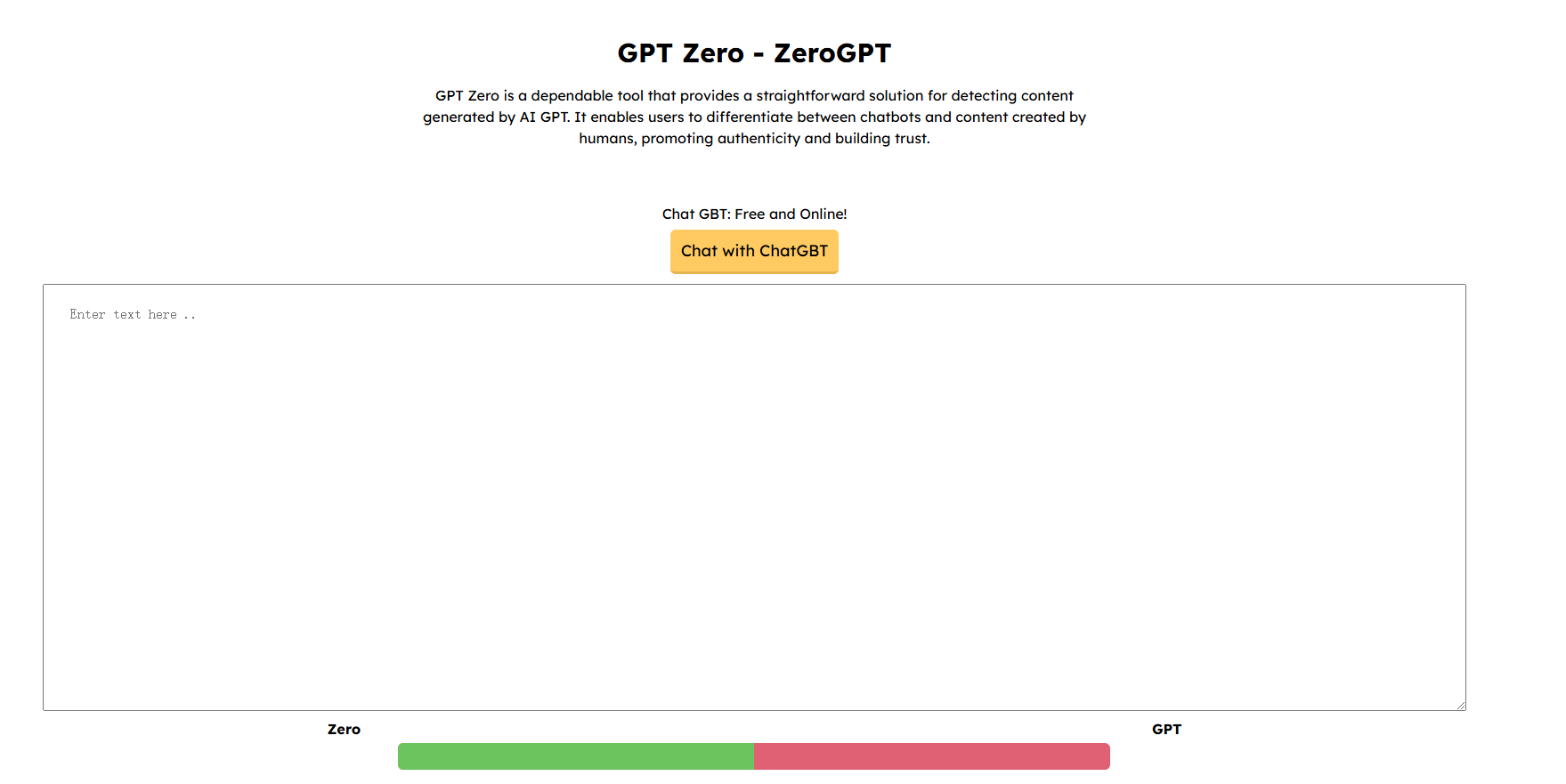
Developed by Princeton University students, GPTZero leads the market with its high traffic and multi-model detection capabilities. It supports sentence-level analysis for texts generated by ChatGPT, Claude, Gemini, and others, making it a top choice for educators and publishers.
Key Features:
· Detects GPT-4, GPT-4o, and other models.
· Free unlimited checks without account creation.
· Widely used in academia to flag AI-generated essays (e.g., 40% AI content detected in some Chinese postgraduate theses).
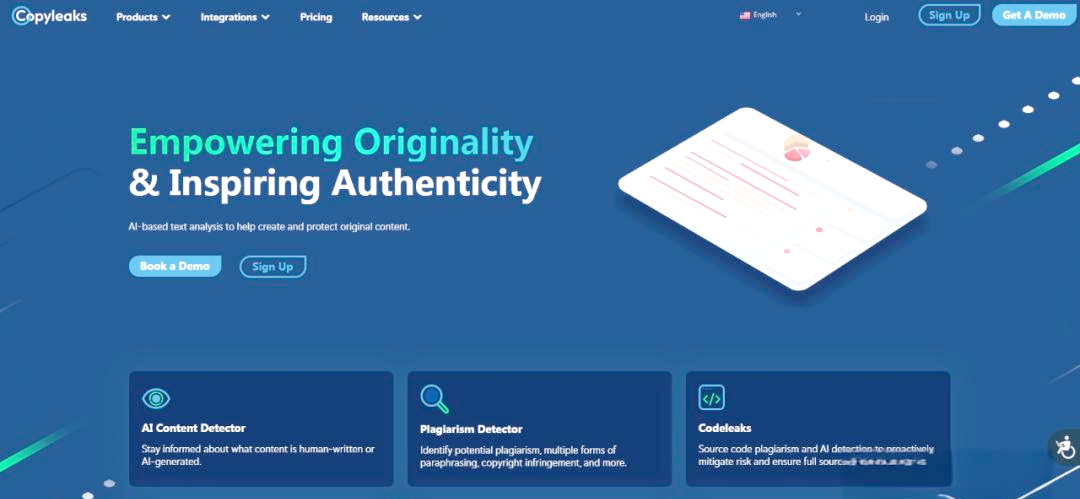
A comprehensive tool for text and code plagiarism detection, Copyleaks supports over 100 languages and integrates AI-generated content identification. Its enterprise-level services are trusted by global organizations.
Key Features:
· 99% accuracy in confirming human-written text.
· Detailed reports with improvement suggestions.
· API integration for seamless workflow compatibility.
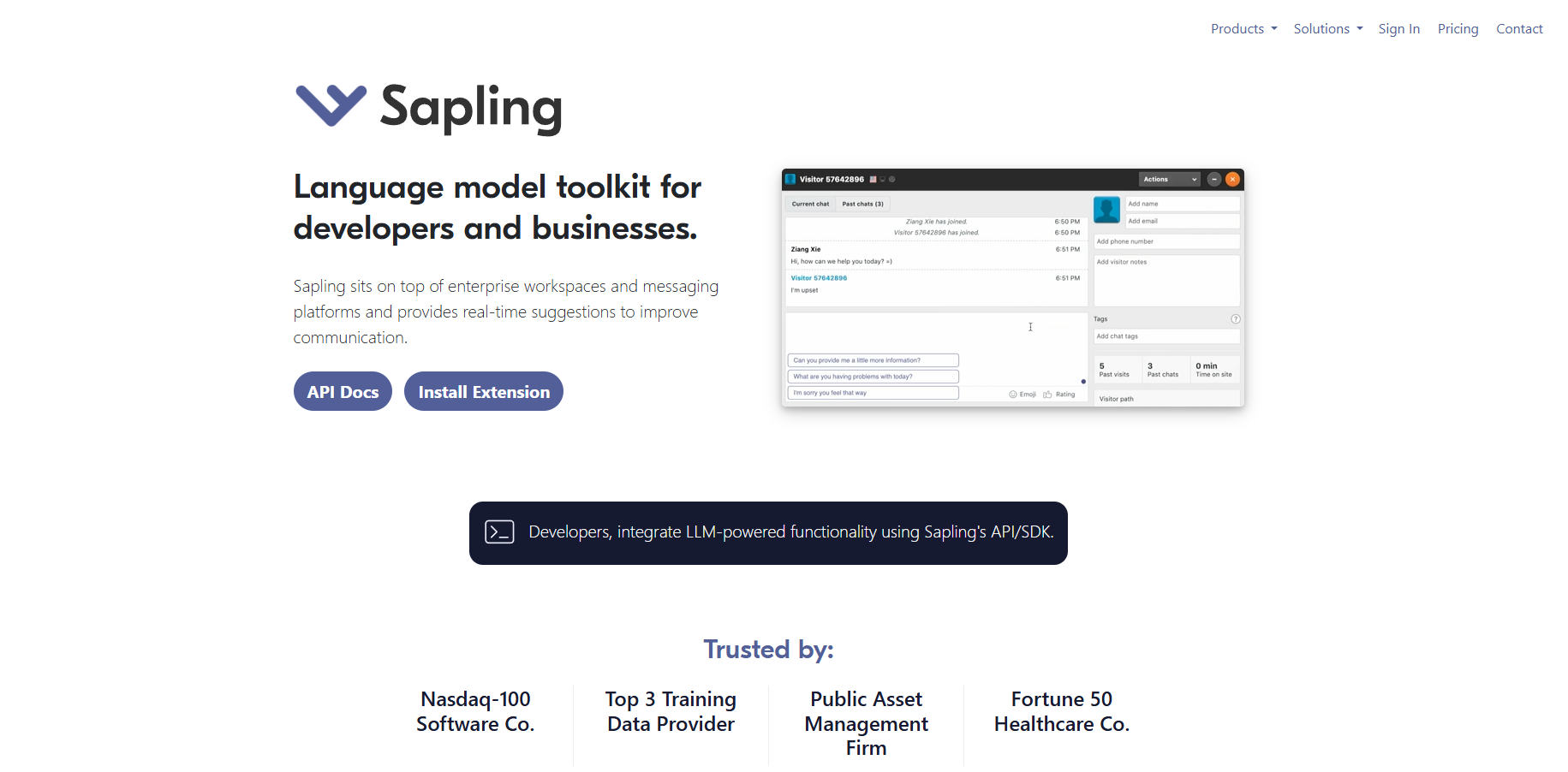
This tool excels in short-text analysis, detecting AI-generated content in as few as 50 words. It highlights suspicious sentences and provides overall AI probability scores.
Key Features:
· Browser extension for real-time detection.
· Supports educational and SEO applications.
· Free tier available for basic use.
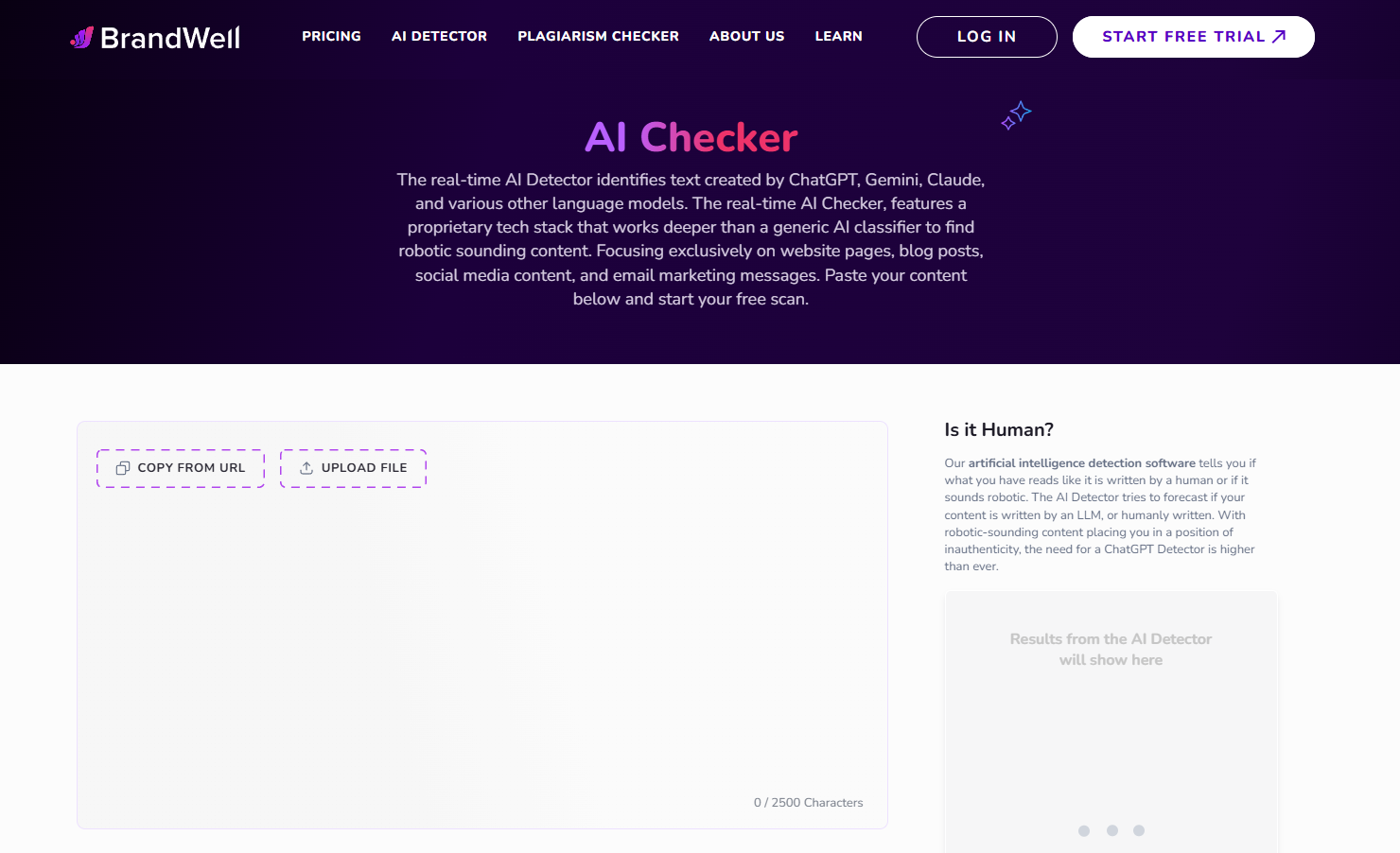
Leveraging NLP and semantic analysis, this tool identifies repetitive phrases and unnatural flow in AI-generated text. It scans up to 25,000 characters and is favored by marketers and publishers.
Key Features:
· 70–90% accuracy in detecting ChatGPT, GPT-4, and Bard outputs.
· Sentence-level highlights for easy editing.
· Free with unlimited scans.
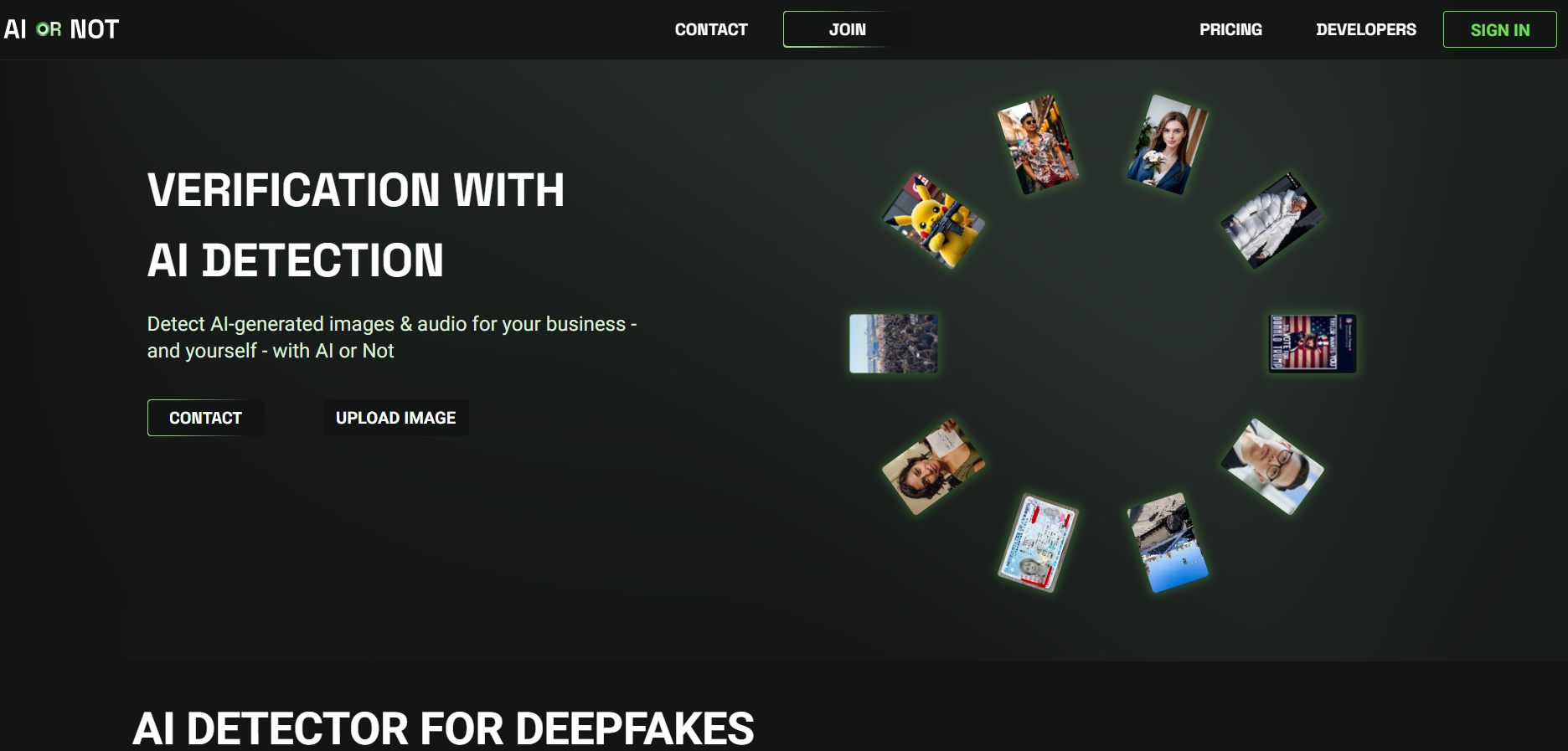
Specializing in image and video detection, AI or Not analyzes metadata, PRNU patterns, and semantic inconsistencies to identify deepfakes. It is critical for high-security scenarios like identity verification.
Key Features:
· Detects GAN-generated images and synthetic videos.
· Detailed reports for forensic analysis.
· Used by platforms like Tencent to counter AI-generated fake news.

Focused on scientific image integrity, Proofig uses AI to spot manipulated or plagiarized images in research papers, reducing retraction risks for journals and institutions.
Key Features:
· Analyzes image metadata and editing traces.
· Supports PDF and image file formats.
· Trusted by publishers and ethics committees.
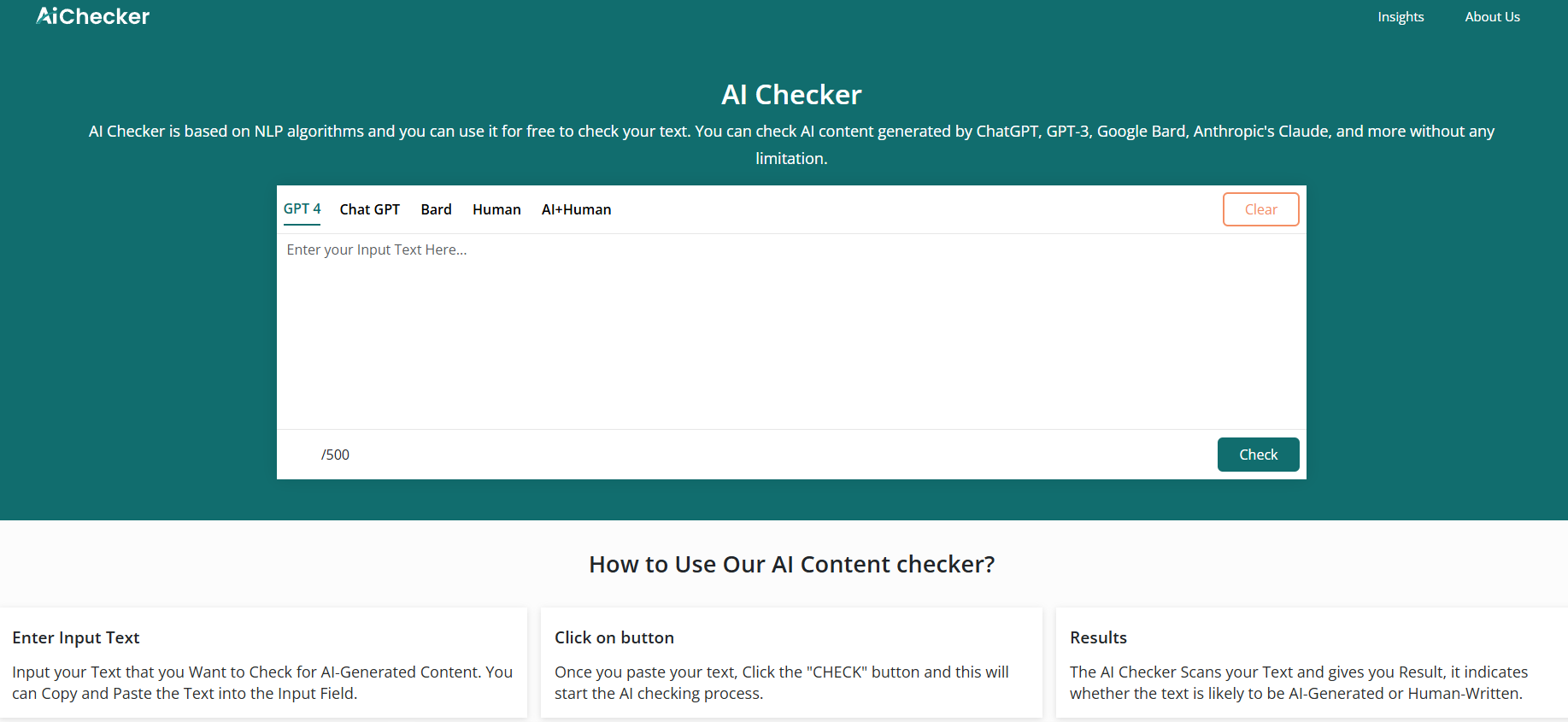
A rising star in architectural design, this tool automates CAD drawing reviews, checking compliance with fire codes, structural consistency, and cross-disciplinary errors. It has reduced manual review time by 90% in projects like hospitals and commercial complexes.
Key Features:
· Real-time CAD plugin for instant feedback.
· Multi-disciplinary error detection (e.g., conflicting door placements).
· Adopted by Chinese design institutes like HuaYang International.
1. Academic Integrity: Tools like GPTZero and Sapling help universities combat AI-generated theses, preserving critical thinking skills.
2. Combat Misinformation: Platforms like Tencent use AI detection to debunk synthetic content (e.g., fake earthquake images).
3. SEO Compliance: Search engines prioritize human-written content; tools like Content at Scale ensure adherence to guidelines.
4. Legal and Copyright Protection: Copyleaks safeguards against AI plagiarism in publishing and legal documents.
The global AI content detection market is projected to grow from $1.2 billion in 2023 to $4.5 billion by 2032 (CAGR: 15.6%). Key trends include:
· Multi-modal Detection: Rising patents for audio/video deepfake detection (45% of total).
· Regulatory Compliance: Laws like China’s AI-Generated Content Labeling Measures mandate implicit watermarks in synthetic content.
· Open-Source Tools: Models like DetectGPT use "zero-shot" methods to identify machine text without training data.
For a full list of tools and technical details, refer to the original sources.